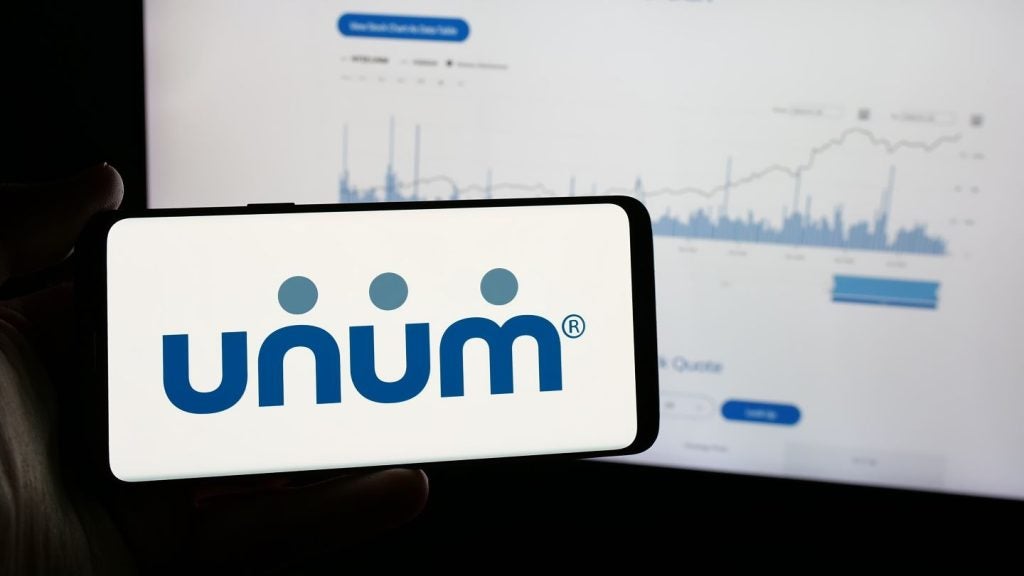With the still hotly debated Solvency II regulatory
regime’s implementation some 18 months away, insurers in the EU are
looking to upgrade risk and capital management technology systems.
Waiting in the wings are solution vendors eager to assist insurers
with what is a complex challenge. Jeremy Woolfe
reports
Solvency II rules for insurers may
not be due for implementation into European Union (EU) national
rule books until October 2012, but preparation is already under-way
among insurers. At the same time authorities are active on the next
stages of the rules.
Implementation, of a sort, is
moving, in that insurance companies sitting on an assortment of
management software systems are reconciling them in single,
cohesive models. This is to be ready to take on board the basic
principles of the Solvency II Directive.
In addition, at present there is
parallel activity by management consultancies advising the
companies on how to set up compliance software programmes. These
inputs could, within months, initiate a cascade of further orders
from the business performance management companies to further
upgrade their systems. The reorganisation will include steps to
make the best use of existing capital reserves.

US Tariffs are shifting - will you react or anticipate?
Don’t let policy changes catch you off guard. Stay proactive with real-time data and expert analysis.
By GlobalDataOne of the next results will see
financial institutions, such as banks, pension funds, and to a
lesser extent, fund managers, realising benefits as the clearer
picture of the financial position of insurance companies is
revealed. The investors will be able better to assess the value
their portfolio investments in insurance companies in light of
parameters revealed by application of the level one, ‘framework’
stage of Solvency II. However, the clear view of the implications
of Solvency II on the investment market will not be revealed until
2012.
Software
upgrades
Some of the present revelations
from software upgrades could start before the actual business
performance management programmes are even written. The advice to
insurance companies from management consultancies, notably Ernst
& Young and Deloitte and Touche, could be guidance enough for
them.
Whatever, the amount of capital
that is coming into focus is large. As recorded in a previous
feature (see LII 239), the investment by member companies
of the industry federation — the Comité Européen des Assurances
(CEA) — totals €6.8trn ($10trn) in the economy (end-2008).
More specifically, how insurance
companies themselves are having to organise their own capital
reserves is described by Jacqueline Lommen, manager of pan-European
funds at the Amsterdam office of Hewitt Associates pension’s
consultancy.
Pre-Solvency II control of capital
reserves, she explained, involves ‘caps’ (limits) on how much
insurance companies may place their reserve capital in specified
risk sectors. Depending on national rules, the upper limit might be
20% in equity, 5% derivatives, and so on.
Following the precedent set by the
Basel II legislation for banks, under Solvency II’s risk-based
system, companies are being excused these caps. However, the rules
penalise exposure to risk in different categories of asset (and
liability) management.
Jürgen Weiss, principal research
analyst at technology consultant Gartner, explained that different
investment vehicles give different loadings.
“Everything will be permitted, but
will have to be booked to suit the risk,” Weiss told LII.
“You can invest in equity stocks, but these will not count so well
as AAA bonds from international companies.”
The knock-on effect of these
changes is widespread, and would include variable annuity products.
An insurance company selling these would normally guarantee a
minimum income. Under Solvency II, too much reserve in volatile
stock will disallow such offers.
Last year the Committee of European
Insurance and Occupational Pensions Supervisors (CEIOPS), gave a
steer on the pre-application process. It advised “on supervisory
reporting and disclosure deals with the requirements for insurance
companies to report to both the regulators and the public”. The
industry has complained that a level of capital reserves
recommended by CEIOPS as onerous.
However, recently, a European
Commission official told LII the body does not expect to
comply with that “conservative” recommendation. This could be
confirmed by the end of 2010, when the Commission expects clearance
of its recommendations for Solvency II’s Level II measures.
Following from the Level I framework principles, Level II will deal
with governance and risk management.
Stepping out of line with much of
the EU insurance business, insurer Zurich Financial Service (ZFS)
criticised lobby opposition to increases in capital reserves being
expressed by the EU industry last year. James Schiro, who stepped
down as CEO of ZFS at the end of 2009, has said that the
complaining “does not send the right signal”.
ZFS’s position is that Solvency
II’s provisions “come at the right time. It is moving in the right
direction. We think it is most significant. It will give life
insurance policy holders due protection”.
“In fact,” says a company
spokesperson, “Solvency II will shed light on the risk associated
with certain products.”
ZFS has been operating under a
precursor to Solvency II. This is the Swiss national legislation,
the Swiss Solvency Test (SST), which has been in place since 2006.
SST is similar in many ways to the EU’s forthcoming rules.
Benefits to be
realised
Returning to the business
performance management software sector, the benefits shortly to be
realised are outlined by Ernst & Young’s Steve Bell, financial
services advisory partner.
Bell said new IT systems, soon to
be purchased by insurance companies, “will not only deliver new or
enhanced risk management systems, but should provide accurate data
to a lower level of granularity”. (Granularity is the level of
detail of “attributes, “fields, and data types that can be
provided”, Bell said). Bell added that data will also be provided
“more frequently”.
Some main contenders lining up at
the table for the eventual mainstream software contracts are: IBM,
the SAS Institute, SAP, Oracle, Sungard, Fermat, EMB, Algorithmic
and Towers Perrin plus a fragmented array of specialist application
providers.
IBM states that the revision of its
insurance industry framework, a “blueprint”, to address all three
pillars of Solvency II, is now complete. It is already being used
in full or part by over 150 insurers.
The company recommends the IT departments of insurance companies
should be thinking about adopting enterprise-wide information
architecture.







